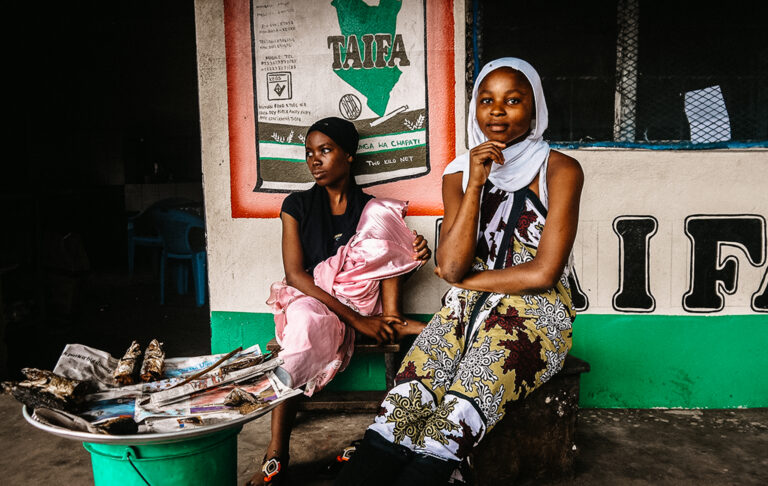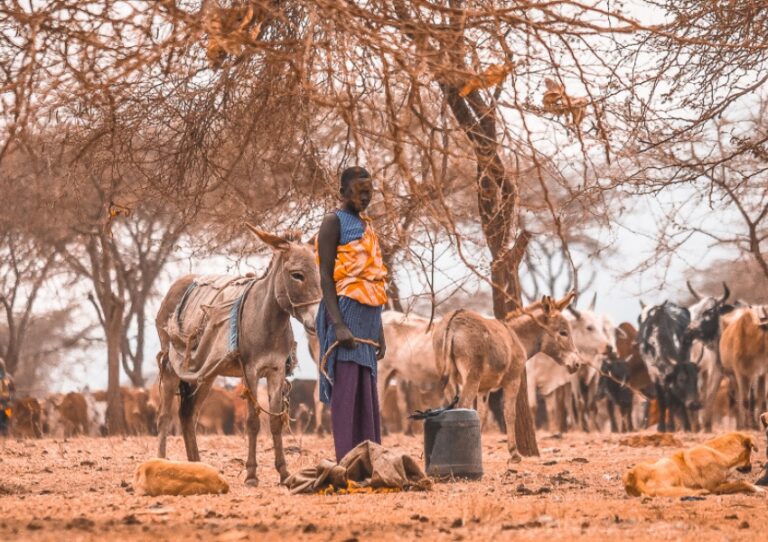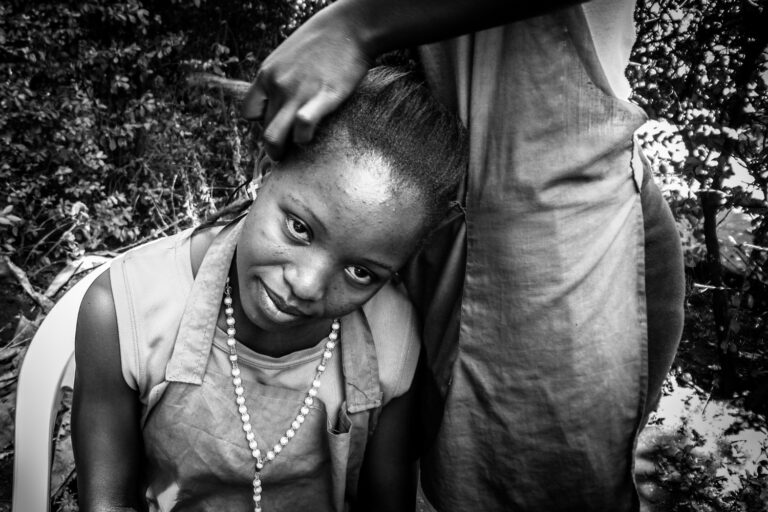How a Monastic School is Changing Young Lives in Myanmar
On a rain-soaked morning in Mandalay, Myanmar, I meet Venerable U Nayaka—a quietly determined monk whose vision is reshaping the lives of thousands. Nestled in the heart of the city, his Phaung Daw Oo Monastic School stands as a beacon of hope for children who, by accident of birth or circumstance, might otherwise be denied the most basic of rights: an education.

Myanmar, once known as Burma, is a country with a rich cultural heritage and deep Buddhist roots, but its modern history has been marked by decades of conflict and authoritarian rule. After gaining independence from Britain in 1948, Myanmar endured a series of military coups, the most significant in 1962, which ushered in nearly 50 years of strict military dictatorship. During this era, political dissent was harshly suppressed, and access to education and healthcare was limited, especially for ethnic minorities and the rural poor.
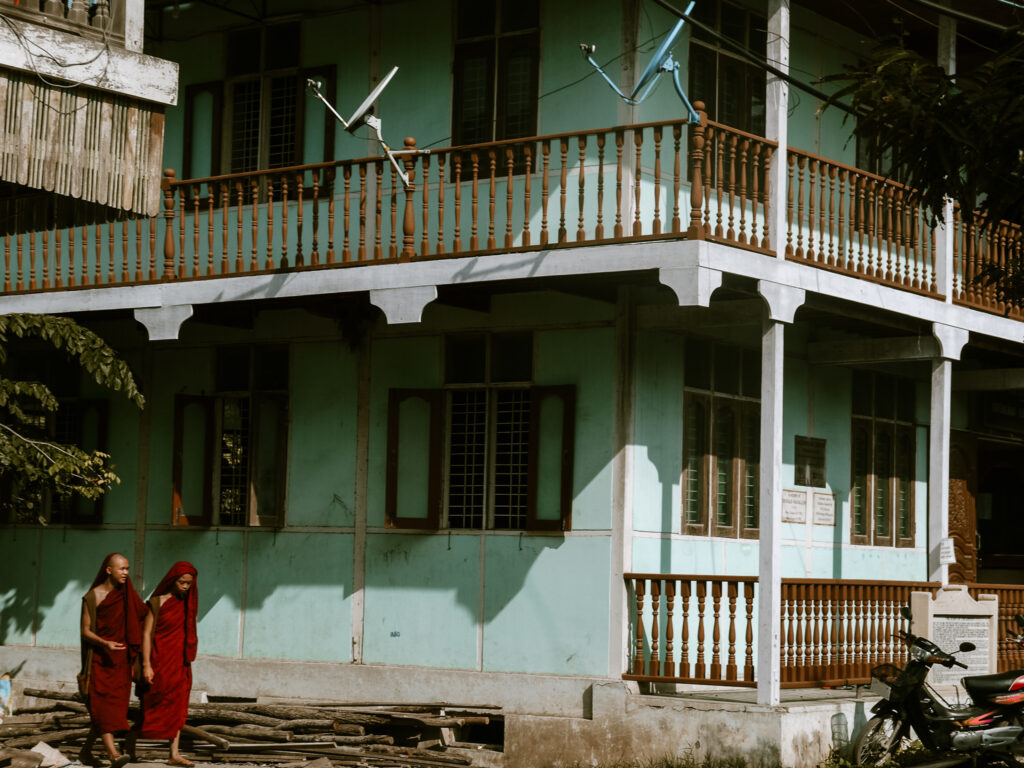
In Myanmar, Buddhist monks—known as sangha—hold a revered place in society, not only as spiritual leaders but also as moral voices and, at times, agents of political change. Monasteries have long been centers of learning, social support, and community organization. Monks have historically played pivotal roles in moments of national crisis, most notably during the 2007 Saffron Revolution, when thousands of monks led peaceful protests against the military regime, demanding justice and greater freedoms. Their moral authority has often shielded them, at least temporarily, from the harshest reprisals and has made their involvement in civil society particularly powerful.

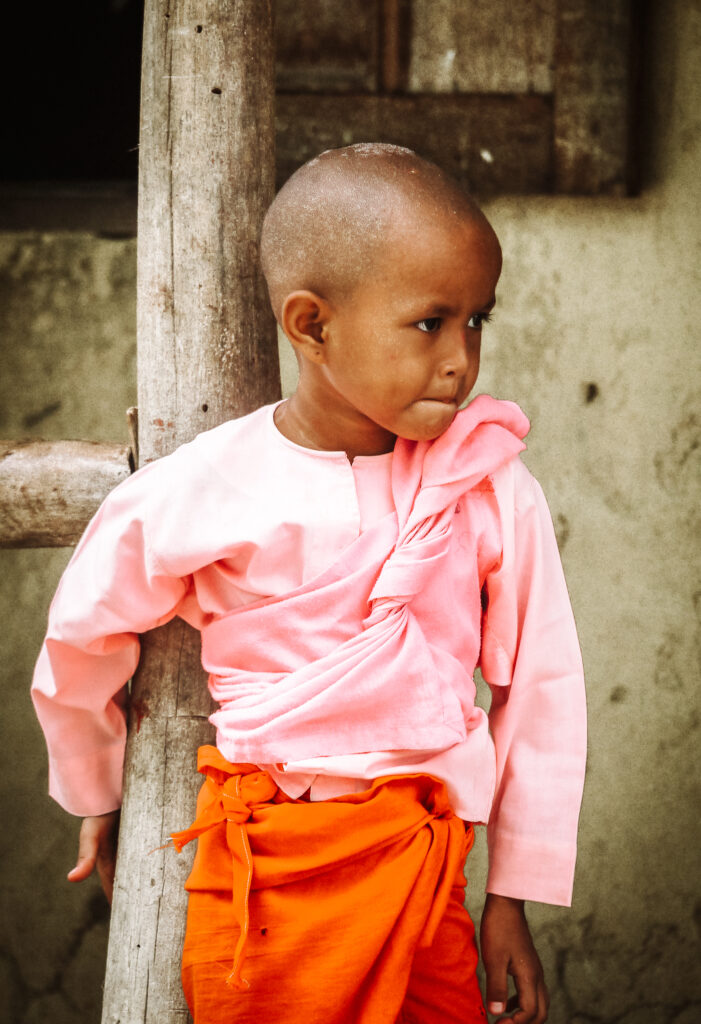
Venerable U Nayaka’s work at Phaung Daw Oo Monastic School is part of this tradition. By providing free and inclusive education, he and his community challenge the legacy of exclusion and silence imposed by military rule, using compassion and knowledge as tools for change.
Myanmar’s education system has suffered from decades of underfunding, politicization, and neglect. Government schools often charge fees that are prohibitive for the poorest families, while private schools remain out of reach for most. Teachers are often underpaid and overworked, and the curriculum has historically emphasized rote learning and discouraged critical thinking—an intentional legacy of authoritarian rule.

Monastic schools like Phaung Daw Oo have stepped in to fill the gap, especially for children from disadvantaged backgrounds, ethnic minorities, and orphans. These schools offer not only academic instruction but also food, healthcare, and a safe haven from the uncertainties of daily life.
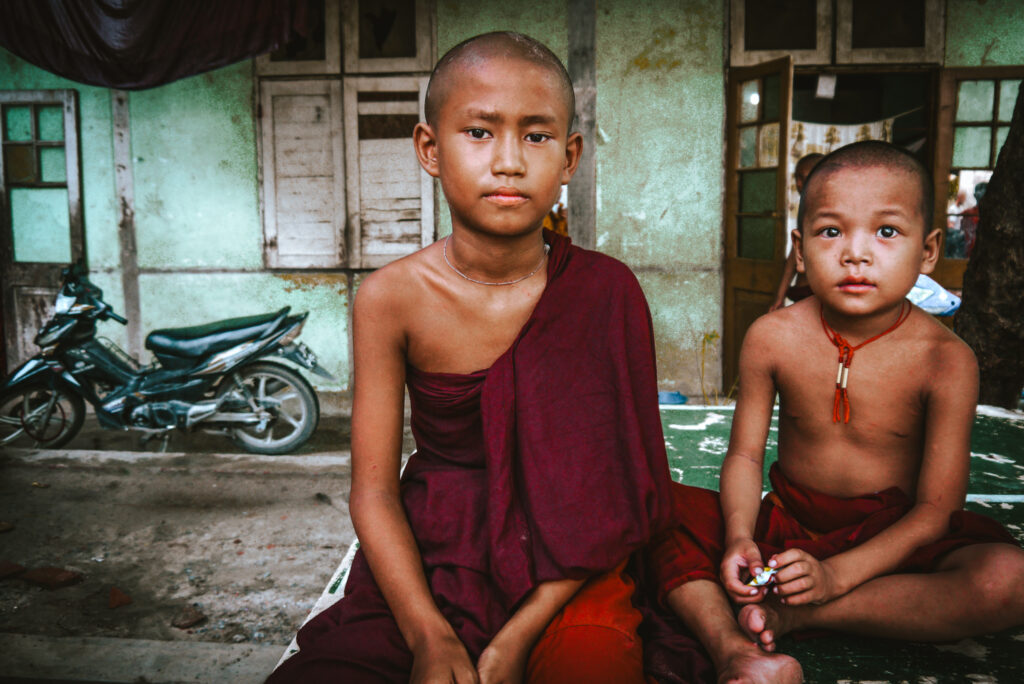
Founded in 1993 by U Nayaka and his brother, Phaung Daw Oo Monastic School began as a modest initiative—just 400 students and 10 teachers, lessons held in the monastery or, when space ran out, beneath the branches of trees. “We called them the ‘tree classrooms,’” he recalls with a smile. There were no fees, no barriers. “Private schools are very expensive and government schools still charge fees. My idea was: everyone can join the school; they can easily get an education. That was my aim behind everything.”
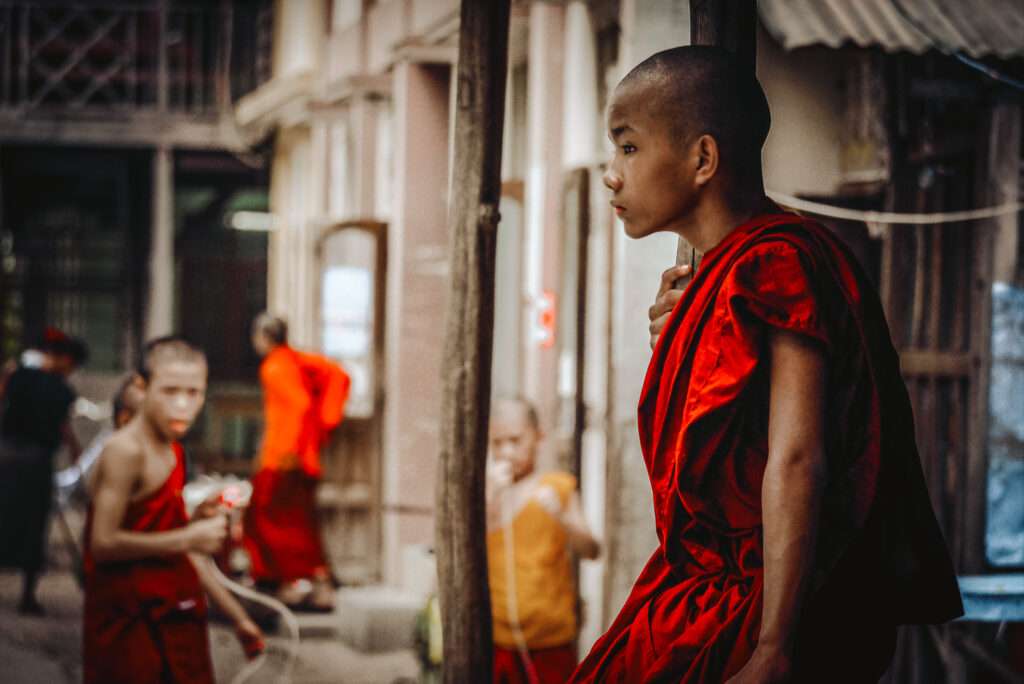
Today, more than 6,000 students fill the classrooms—many of them children from minority groups or families who could never afford formal schooling. Some find not just lessons here, but free healthcare and even a home.
Many of the students at Phaung Daw Oo Monastic School call its grounds home. Some come from distant villages, their families sending them to Mandalay in the hope of a better future. For these children, the journey is often long and uncertain—leaving behind familiar faces and landscapes for a place where opportunity waits, but so does the ache of homesickness.
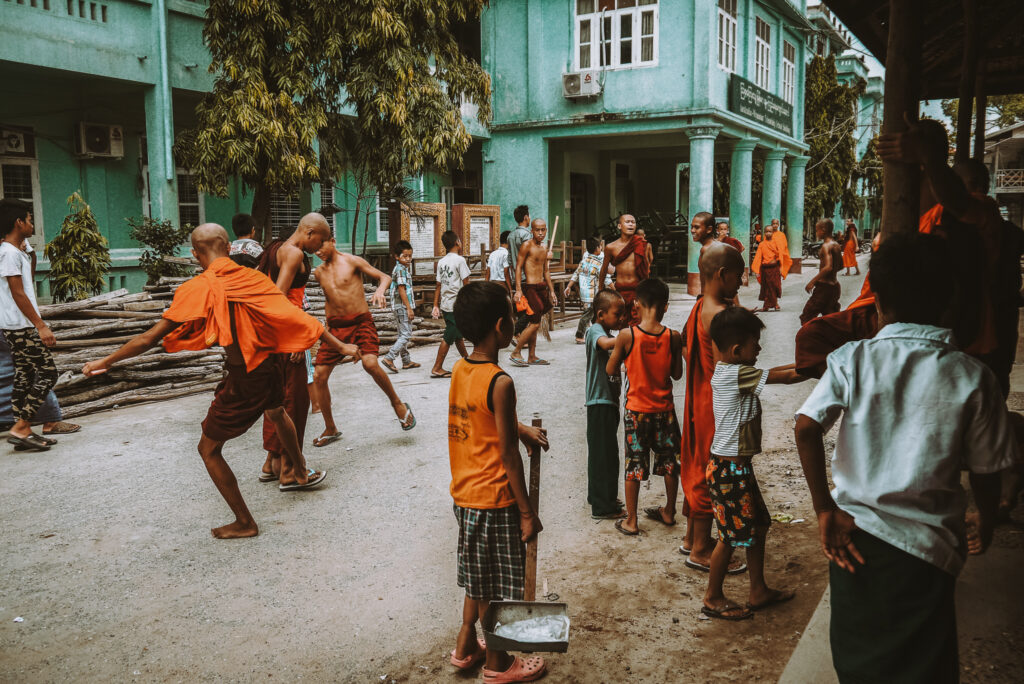
Within the school’s compound, dormitories line shaded paths. Simple but clean, these living quarters become a second home for hundreds of boys and girls, novice monks and lay children alike. Here, daily life unfolds in a rhythm of study, chores, meals, and play.

Among the many students who have found a home at Phaung Daw Oo is Tun Lin Aung, known to friends and teachers as Tony. Born in Kan Noug, a small town in Mandalay state, Tony arrived at the school two years ago, carrying with him the hopes of his family and the weight of his own dreams.
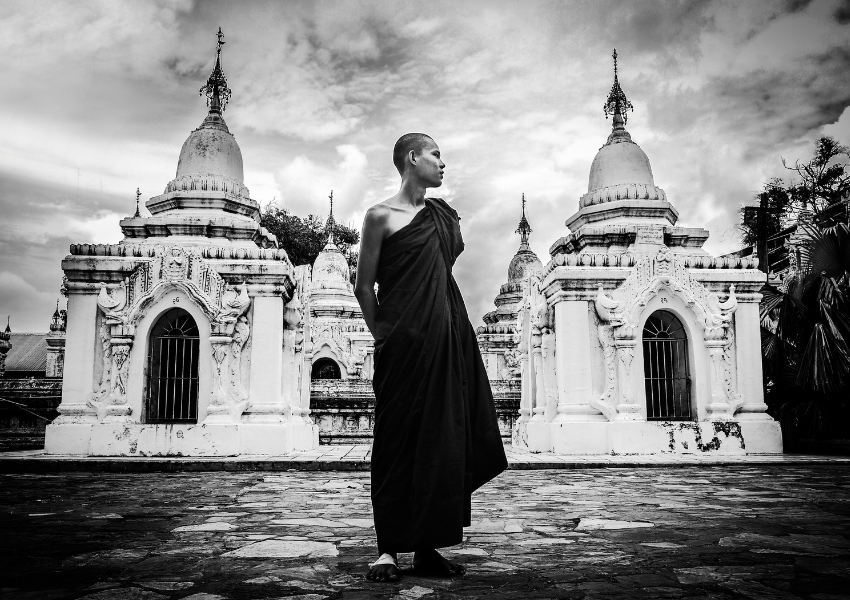
Now a Buddhist novice, he lives in the boys’ dormitory on the school grounds—a privilege reserved for novices. For Tony, becoming a novice was more than a spiritual calling; it was a lifeline. His mother, a teacher at a rural school in their village, could not afford the costs of sending her children to a city school. The loss of Tony’s father years earlier, during the harsh years of military rule, left her to support six children alone. By becoming a novice, Tony secured not only an education but also a safe place to live and grow.
His story is echoed by many others at Phaung Daw Oo—children for whom the school is both sanctuary and springboard. Two of Tony’s younger sisters also live on campus, while his older brother, after finishing school, found work in Japan. For Tony, the school is a place of possibility. Next year, when he turns twenty, he will face a decision: whether to continue his life as a monk or to return to lay life. For now, he studies, prays, and dreams alongside classmates from all corners of Myanmar, each of them building a future that once seemed out of reach.
Over time, Tony and I became good friends. Each day and night, we’d gather with him and his friends—our conversations evolving from simple greetings into long talks about dreams, futures, and the questions that keep us awake at night.
Tony’s living conditions are far from ideal. He sleeps in the eighth room on the first floor of the novices’ building, a small space crowded with sixteen other boys. The word “beds” hardly seems appropriate; each boy claims a wooden board—no mattress, no pillow, no blanket, not even a bamboo mat. On this wooden board stands a tiny, battered desk where Tony diligently does his homework. These few possessions—his saffron novice robe, brown flip-flops, wooden “bed,” and crumbling desk—are all that Tony owns.
Despite these hardships, Tony finds small joys. He doesn’t have a phone, but sometimes borrows one from friends to listen to music—Burmese rap and hip-hop are his favorites. He loves to dance, though he does so privately, awkwardly waving his thin arms when he thinks no one is watching. Dancing and enjoying music are not allowed as part of monastic life, so Tony keeps this part of himself hidden from the outside world. Inside the school, where free-thinking and individualism are quietly encouraged, he can let this side of himself out, if only for a moment.
Just as Tony’s journey speaks to the resilience and hope found within Phaung Daw Oo’s walls, so too does the story of Lowk Tin Maung—Tim, as I came to call him. During my three weeks living at the school, Tim and his friends quickly became my favorite part of Myanmar, the reason I know I’ll keep coming back.
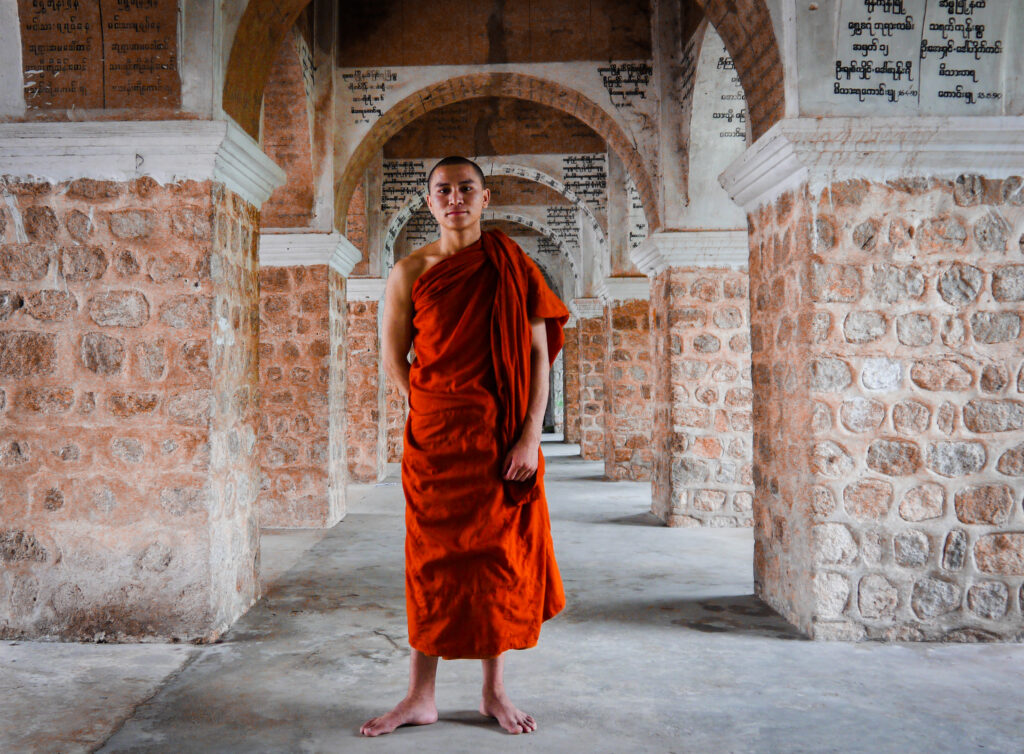
Tim was born in Sai Lein, a remote village in northern Shan State, home to the Palaung (Ta’ang) people—one of Myanmar’s oldest and most marginalized ethnic groups. Life in Sai Lein is marked by both beauty and hardship: lush paddy fields and natural hot springs, but also grinding poverty, a lack of teachers and medical care, and the ever-present shadow of conflict. “We don’t have a hospital or clinic,” Tim told me. “We have a school, but not enough teachers. Because we have war, we fight with Burmese soldiers and Shan, so we can’t learn education well.”
Tim’s family, like most in the village, are farmers. “We are very poor,” he says simply. “But even though we are poor, we are happy.” Tim is one of twelve siblings—eight boys, two girls, and his parents. His father is no longer with the family, but his mother’s determination to see her children educated never wavered. “My parents are important for me because they supply me to keep on to study my education. Since I was born, they born me in the war and safe me to grow and to help others.”
Because of the dangers and disruptions in his village, Tim moved to Mandalay in 2014 to continue his studies. Like Tony, he became a novice monk—not out of religious ambition, but because it was the only way he could afford to stay in school. “If I attend government school, we must give money, so I don’t have it. I was novice and stay in the monastery to keep on my study.”
Tim’s days at Phaung Daw Oo are long but full of purpose. He wakes at 5:00 am to study, uses Facebook to practice English, and reads newspapers and books to broaden his mind. “I like to learn English because all people in the world use English so I think I should understand English and it’s important in education. I just study English only three months. Mary and you are my first teachers.”
Tim’s dreams are not just for himself, but for his people and his country. “We learn education without thinking. It’s so bad for students and Myanmar people. I want to change education and I want to get peace for my people. My dream is to change our country to be the best country. I don’t like government and education in Myanmar.” Above all, he longs for peace: “We don’t get peace, so I want peace. I want to work for many people, not for me.”
Despite all he has faced, Tim’s spirit is bright and generous. “I love all people, I never differentiate nationality. But the people I love best is my Ta’ang people. Because we are very poor. They don’t know how to improve in their life and how to escape from adversity. So I love them and want to help them.”
For Tim, education is not just a personal goal—it is a path to lift up his community, to build peace, and to transform Myanmar from the ground up.
Through students like Tony and Tim, the true impact of Phaung Daw Oo Monastic School comes into focus. Each child who finds a home here brings with them a story of struggle and hope, a reminder that education is the foundation not just of individual futures, but of a more just and peaceful society.
Although Myanmar began a fragile transition toward democracy in 2011, with the release of opposition leader Aung San Suu Kyi and the lifting of some restrictions on civil society, the legacy of military rule remains deeply entrenched. The education system, in particular, has struggled to recover.
The journey was not without hardship. For years, the school operated with almost no funding, improvising with whatever resources were at hand. “In the beginning, we had no classrooms,” U Nayaka explains. “Classes took place inside the monastery, which was not very good. Some others were held under trees.” It was only in 1999, thanks to a grant from Japan, that the main building arose. Private donors, including a family from Australia, have helped keep the doors open ever since.
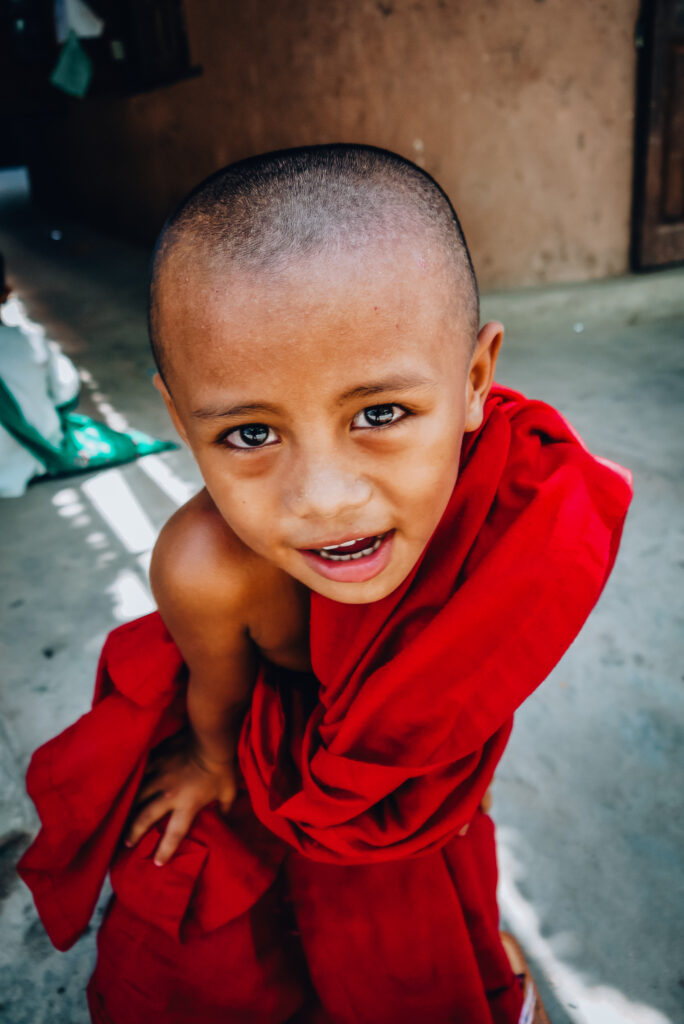
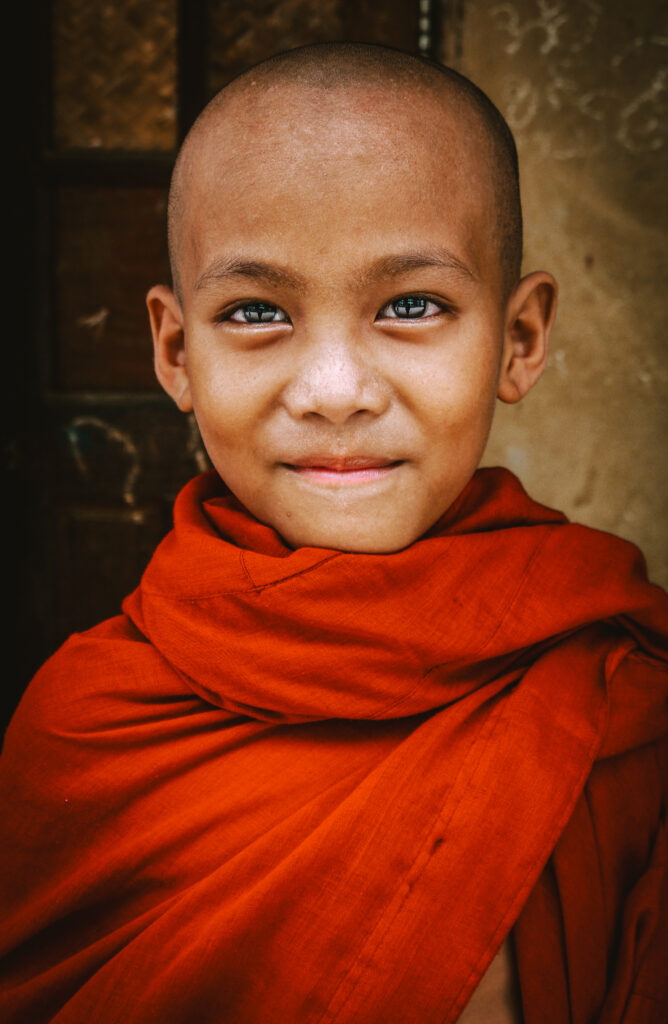
One of the school’s most remarkable features is its integration of novice monks and lay students—a rare sight in Myanmar. Novice monks are boys, often as young as seven or eight, who have entered the monastic life to study Buddhist teachings and live according to monastic rules. Lay students, by contrast, are ordinary children from the surrounding community who do not live as monks. “We don’t separate,” U Nayaka says. “It’s good for them and they are used to it. This allows the novices to interact with the outside rather than staying inside the monasteries.” By learning side by side, both groups gain a broader perspective—novices experience life beyond the monastery, while lay children learn about Buddhist values from their peers.
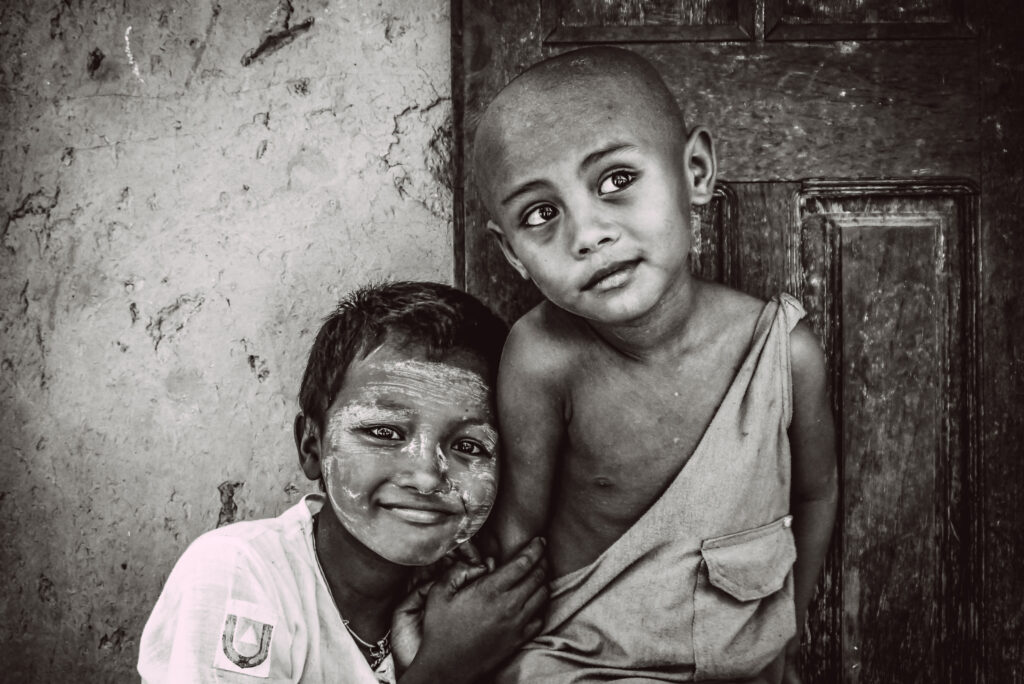
U Nayaka’s own journey began in Lua Bama. He attended government school, became a novice monk at age 11, and went on to study Buddhist literature and chemistry at Mandalay University. His English, he admits, was self-taught—honed by conversations with foreigners on Mandalay Hill, a famous pilgrimage site known for its panoramic views and spiritual significance.
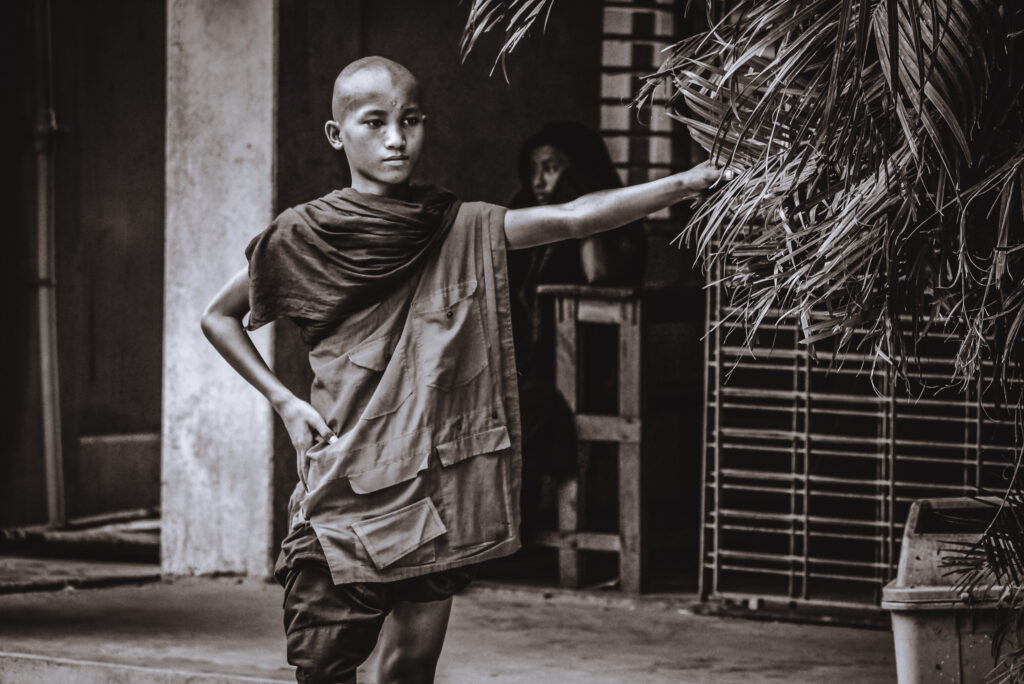
In Myanmar, monks have long been at the forefront of political change. Revered for their moral authority, Buddhist monks have often led protests and movements calling for justice and democracy. U Nayaka sees his work as part of this tradition, though his protest is peaceful and persistent. “A big part of our progress towards freedom was led by monks,” he reflects. “I wouldn’t say my movement has involved demonstrations, but my main idea is that education is the key to democracy and I aim to provide this education to everyone, no matter whom.”
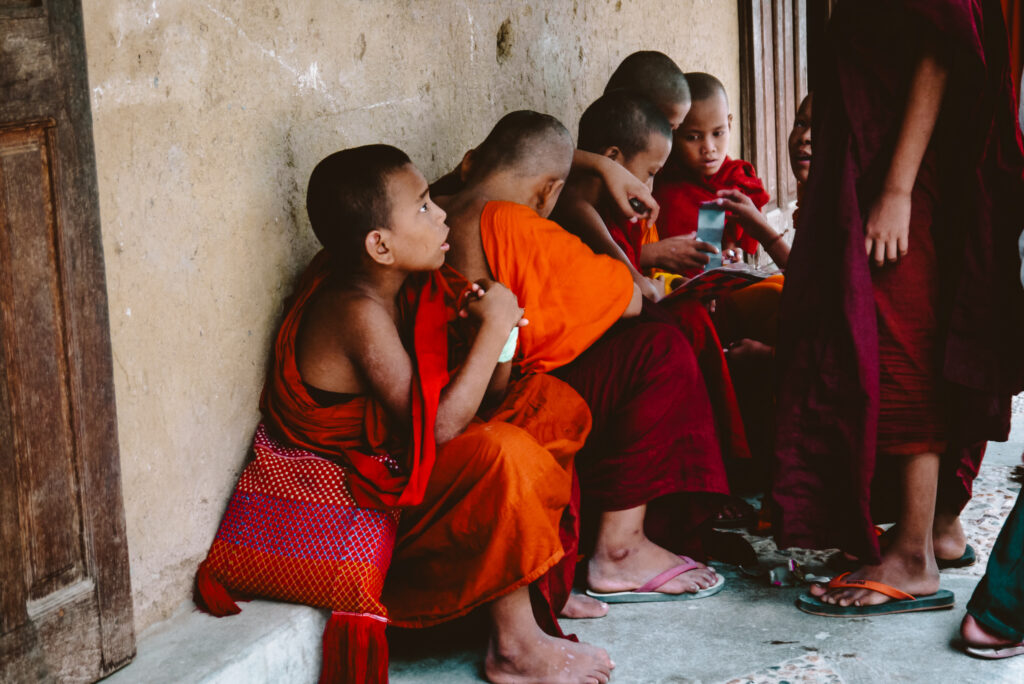
For years, he kept these beliefs hidden, fearing retribution. But now, he says, “For the first time in a long time, we can speak out our minds.”
The freedom to speak and act openly is both exhilarating and precarious. U Nayaka is well aware that the tides of politics in Myanmar can shift suddenly, and the risks are ever-present. Yet, his commitment to education remains unwavering. Each day, he walks the dusty paths between classrooms, pausing to greet students and teachers alike, his presence a quiet reassurance that, even in uncertain times, their efforts matter.
Author’s Note (2024):
Phaung Daw Oo Monastic School continues to serve as a lifeline for thousands of children in Mandalay. The challenges facing Myanmar’s educators, monks, and civil society have only grown in the wake of the 2021 coup, but the spirit of resilience endures. Venerable U Nayaka’s quiet determination and unwavering belief in the power of education remain a beacon for all who dream of a freer, more just Myanmar.

